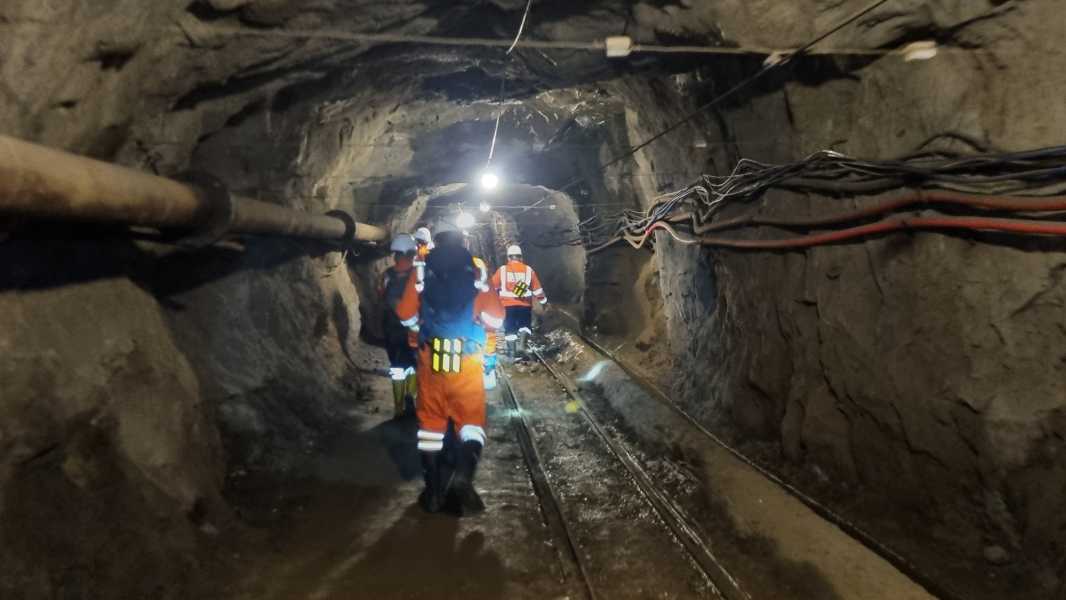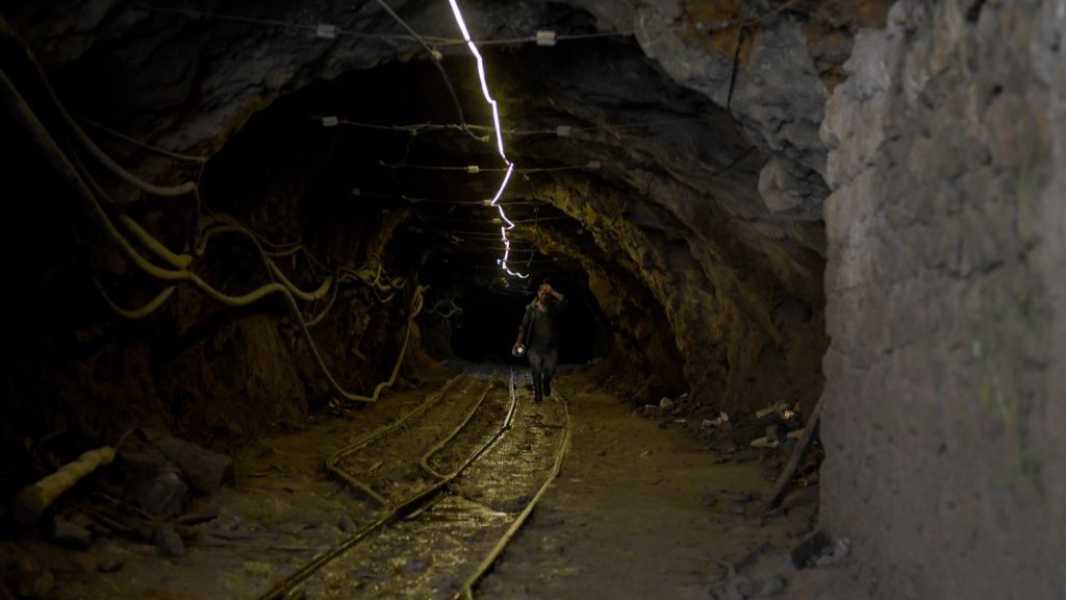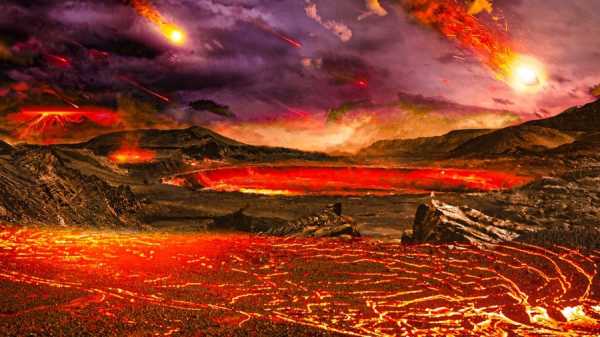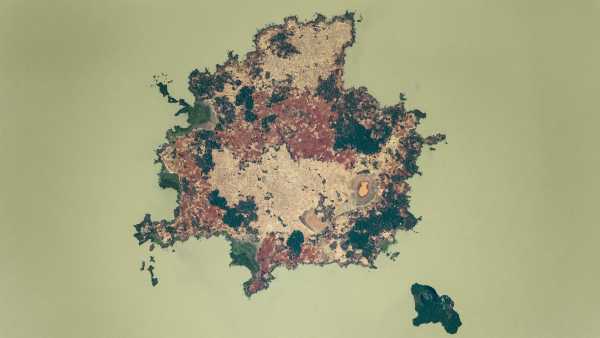
A team of researchers explores the Bulqize mine adits under the guidance of local miners. (Photo courtesy of FV Donzé)
A recent study has shown that there may be a huge reservoir of hydrogen deep beneath a chromium mine in Albania.
The reservoir is located in a section of the Earth's crust and mantle that was once located at the bottom of the ocean and was exposed when the tectonic plate it sat on slid under another plate. The compressed slab of crust and mantle was forced onto land between 45 and 15 million years ago, forming a long, 1,900-mile (3,000-kilometer) rocky belt known as an ophiolite that stretches from modern-day Turkey to Slovenia.
Ophiolites are found all over the planet, and previous studies have documented hydrogen gas leaking from wells and shafts drilled into these geological formations. In the new study, scientists discovered a reservoir thanks to large clouds of hydrogen gas rising from pools inside the Bulqize mine, located 25 miles (40 km) northeast of Tirana, Albania. These hydrogen reserves could be used to produce carbon-free fuels, but the necessary deep-sea infrastructure is lacking and the gas is inherently difficult to extract.
“We’ve seen many hyperalkaline vents in ophiolites around the world where hydrogen is bubbling out,” study lead author Laurent Truchet, a professor of geochemistry at the University of Grenoble Alpes in France, told Live Science in an email. But “what we observed deep in the mine is a whole other dimension,” Truchet added, noting that it “turns the drainage basin inside the mine gallery into a fascinating 30-square-meter [323-square-foot] Jacuzzi bubbling with virtually pure hydrogen.”
Truche and his team explored the deepest levels of the Bulqize chromium mine and recorded extreme volumes of hydrogen oozing out of the rocks and bubbling into pools. Their measurements show that at least 220 tons (200 metric tons) of high-quality hydrogen flows out of the mine each year, one of the highest natural hydrogen flows recorded to date.

A miner completes a work shift at the Bulqize chrome mine in Albania, September 23, 2020.
Hydrogen is a highly flammable gas. High concentrations found inside the Bulqize mine are thought to have caused three explosions since 2011, which have killed four miners and injured many more. “Our research will help to understand this phenomenon and improve
Sourse: www.livescience.com





